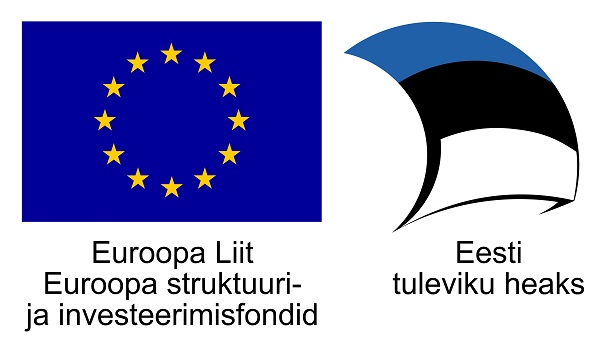Culture for local development, jobs, cohesion and growth – Making the most of Structural Funds
Commissioned by the European Parliament, the study on “The use of Structural Funds for Cultural Projects” shows the importance of Structural Funds (SFs) in European cities, regions and countries developing their economy and improving their social fabric through culture. It highlights the breadth of the impact of cultural investment ranging from urban regeneration, social cohesion, jobs and entrepreneurship, creativity and innovation, heritage preservation, education and tourism.
Berlin’s branding as a world creative city is largely due to the € 1,2 billion EU SFs received over the 2007-2013 financing period. The city of Nantes (n°1 city for well being) has built its reputation, economic transformation and attractiveness thanks to artistic interventions (calling on architects, performing artists, visual artists, etc.) and support tools and infrastructures provided for creative companies.
Finland and Estonia are examples of countries which have developed innovative policies – funded by EU Structural Funds – to build a creative environment supporting both creative companies and enterprises working in traditional industrial fields and wishing to innovate.
€ 255 million from the ERDF have been spent to restore cultural heritage and renovate historical buildings in the Temple Bar Quarter in Dublin as a way to make the area lively and attractive. Today the new Temple Bar attracts tourists, citizens and companies thanks to its renewed image, a rich cultural offer and working spaces for creative firms.
The examples show the versatility and pervasive impact of cultural investment beyond traditional heritage preservation and exemplify the capacity of culture to be mainstreamed as a tool for innovation.
The report also stresses the importance of pan-European cooperation through INTERREG and URBACT programmes. Cities and regions have learnt from each other and collaborated to make the most of the rich and diverse cultures available across Europe.
In the light of the successful experiences throughout the EU and Europe’s rich cultural heritage, the report calls on the future EU regional policy to better take into account the contribution of cultural investment in EU development and growth strategies. It proposes improvement to the proposed Cohesion Policy for the period 2014-2020 in order make the most of Europe’ s considerable cultural and artistic assets.





